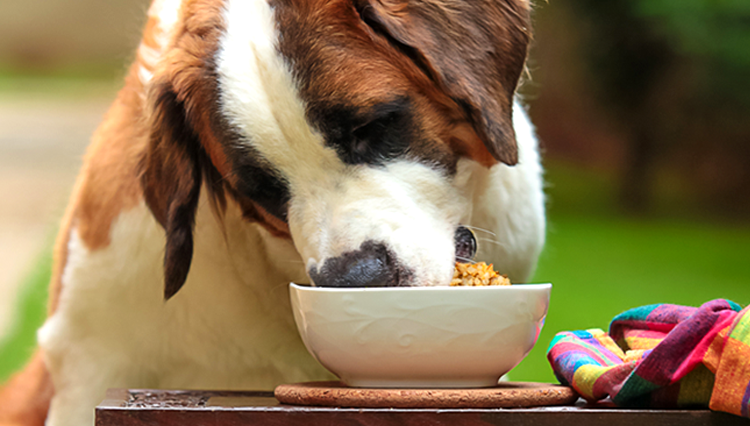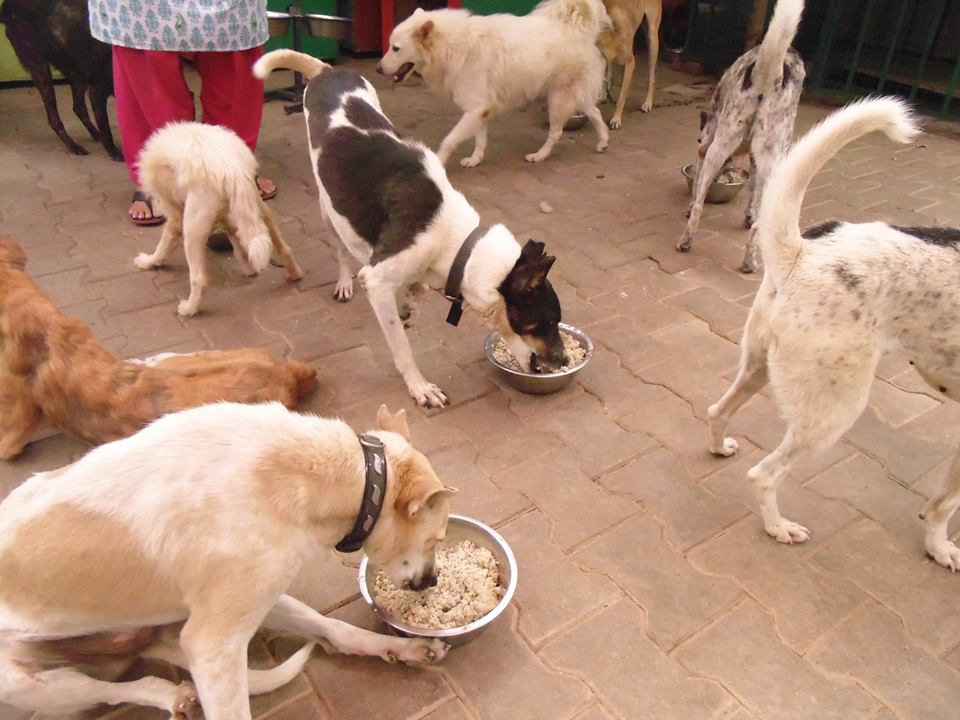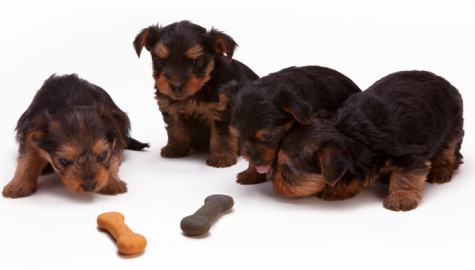In the second part of our new talk series with Indian pet care professionals and experts, TailsLife is happy to introduce Ms Sharmila Jayaram Sarma to you. There is a good chance that you have already read about her journey to become the first of her ilk – lone woman dog trainer – in Chennai.
Just in case you didn’t, Sharmila was a techie employed with an Indian IT major until two years ago when she decided to answer her inner calling: to become a professional dog trainer. Her determination and sheer persistence paid off when she got her certification from the International Association of Canine Professionals (IACP), United States.
Here’s presenting you Sharmila’s views on dog training and what it takes to become a trainer:
TL: Is dog training a feasible full-time career option for everyone with a passion for pets?
SS: Yes, it is. However, this domain demands certain personality traits that will help in succeeding as a dog trainer.
Working part-time comes with its share of difficulties, wherein your growth will take a longer time, and commitments in training may upset your regular work schedule. But it is a good way to ascertain if you are cut out for this line of work. This is why most people begin their dog training career this way.
TL: From your experience, what is the kind of awareness Indian pet owners / parents have about the booming market?
SS: People who have raised pets for a while, and those working in related professions (like kennel owners, breeders, NGOs, etc.) are well aware of the market and where it’s headed. In contrast, first-time pet owners are still very new to the market, as advertisements for the entire gamut of services and products are not targeted at them. However, this is quickly changing as more and more people begin to buy or adopt pets.
TL: What kind of training / certification is required for one to become a professional dog trainer in India?
SS: Dog training is not a regulated profession in India. So, there is no standards body to offer recognisable certifications to aspiring trainers. On the other hand, there are many distinguished and internationally recognised trainers in India, who mentor apprentices / trainees with them. Every such trainer will have their own course and syllabus to teach.
TL: Could you tell us about the possible hardships to be encountered in becoming a dog trainer in our country?
SS: Some of the possible hurdles can be:
Family support: Dog training is still not regarded as a prestigious profession. Hence, aspiring trainers face a lot of resistance from their families in pursuing this line of work.
Irregular timings: The most optimum time for training the dogs in India is either early mornings or late evenings. This can be a challenge for some people.
Credibility: As a beginner, it can be hard to convince people that you can train their dogs, some of which are large dog breeds like the German Shepherd, Dobermann, etc.
Physically demanding: Unlike a desk job, this line of work involves a lot of activity throughout the day and all through the week, requiring you to be in prime mental and physical condition.
TL: Where does the Indian dog training market stand currently?
SS: Indian Dog Training market is at a very nascent stage. Until quite recently, pet owners needed to be coaxed into training their dogs. Now, it’s evident that people are actively getting involved in their dogs’ lives and improving the quality of their relationship with their pet through training.
Currently, the dog training market is largely limited to obedience training. More advanced training activities like security, search and rescue, therapy, guide dogs, etc. are practised in very niche circles and are yet to go mainstream.
TL: What is the scope for professional trainers here? Can they afford to make a living out of it alone?
SS: India currently needs a lot of professional trainers as more and more people begin bringing dogs into their homes and lives. As time progresses, the profession can evolve from mere obedience to more advanced training, which can mean repeat and high margin business for trainers.
TL: From your perspective, how easy or difficult is it for a woman to pursue dog training as a career choice?
SS: The industry is pretty progressive towards women trainers. Apart from the physical ability to handle dogs, I would say that women are at a par with male trainers.
With the right family support, women can easily pursue dog training as a career. It doesn’t necessitate you to work 10-12 hour shifts, so women can still find time for themselves and their family. Moreover, millennials consider it as unique and exciting.
TL: Do you think more women should take up dog training as a profession?
SS: Yes, if they have the passion and patience demanded by the job. In many households, it is the lady who spends most time caring for a dog. In fact, they are the ones who initiate discussions on dog training. Many specifically ask for women trainers as they are more comfortable with them.
TL: What does the future hold for professional dog trainers?
SS: Five to ten years from now, I foresee the profession getting mainstream and regulated by organisations like Kennel Club, etc. This will streamline training methods and courses will get recognised allowing more people to consider this as a career option.
Meanwhile, the industry will have progressed to the point where we may have dog sports, such as Agility and Fly ball, and also have utility dog training in search & rescue, therapy, etc.
TL: Will more and more pet parents seek trainers’ services mandatorily in the coming years?
SS: Yes, definitely! Currently, many pet parents are not aware of the outcomes of a regular dog training course. But whenever they notice a well-behaved dog in their neighbourhood, they feel the need to, at least, reach out to trainers.
In the coming years, this awareness will reach a point where dog training will become systemic just like vaccination, in the journey of becoming a happy dog parent.













